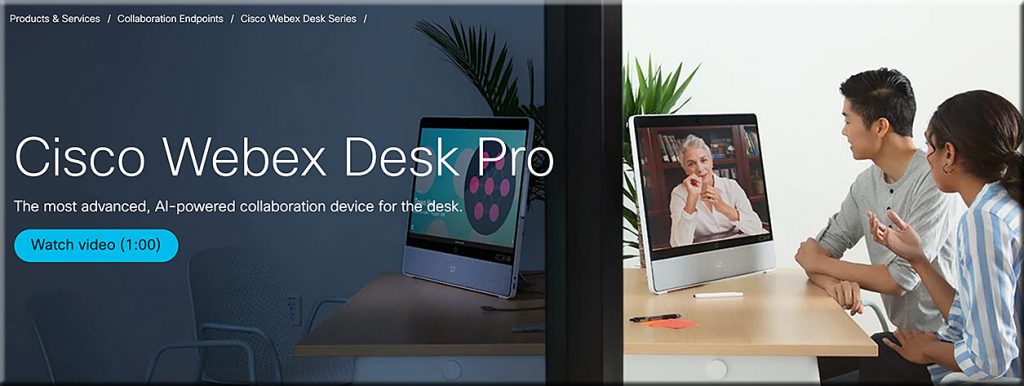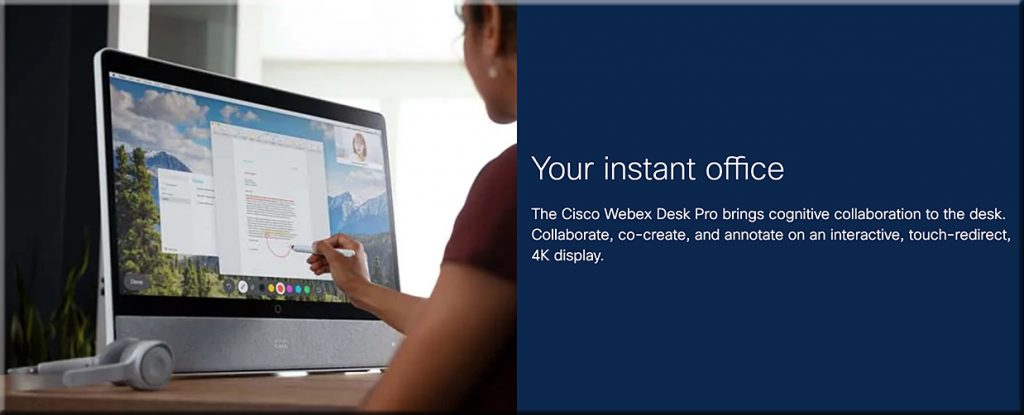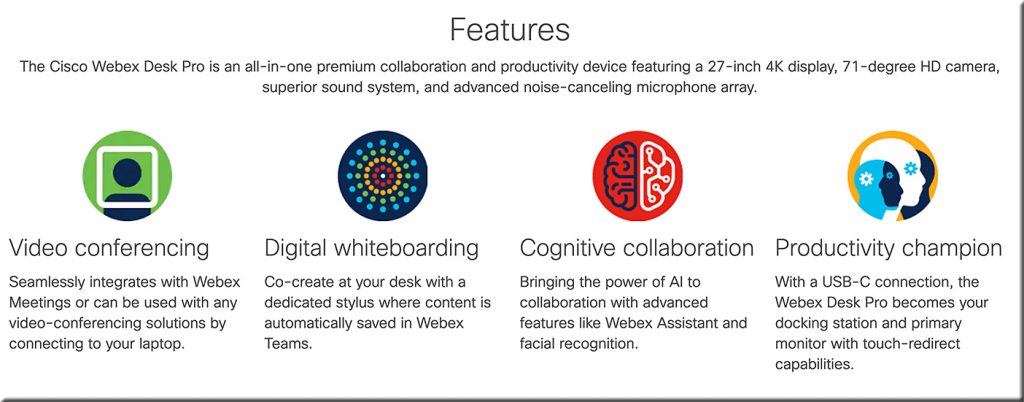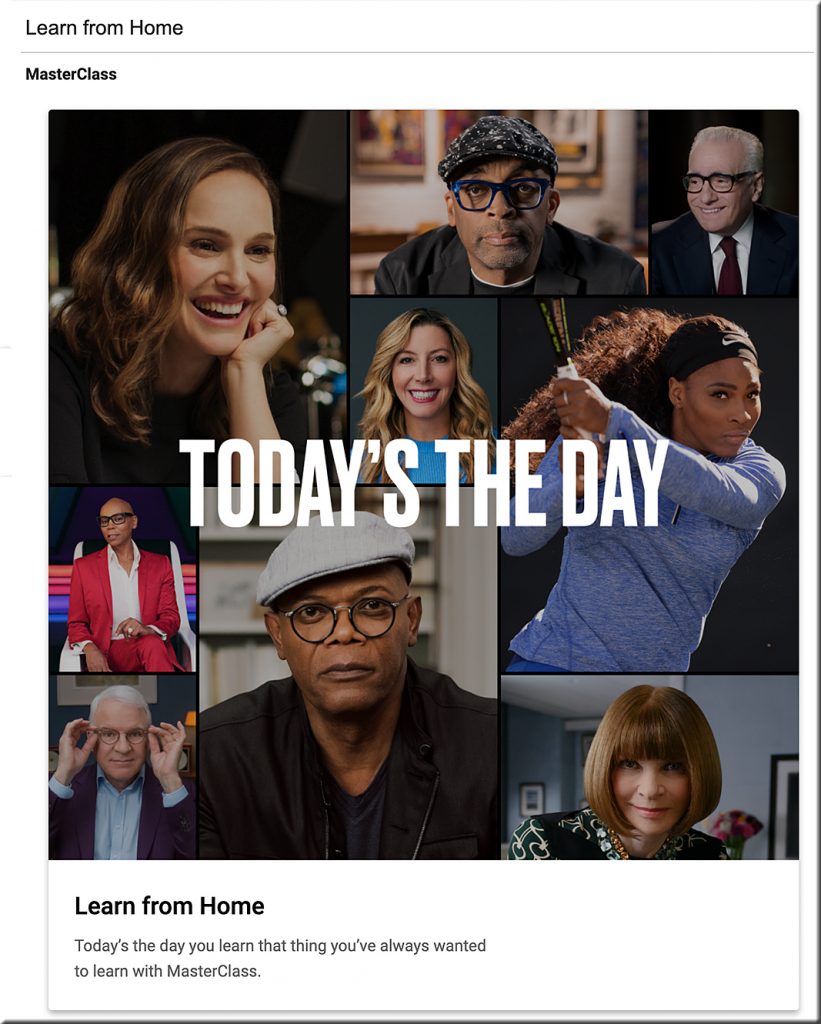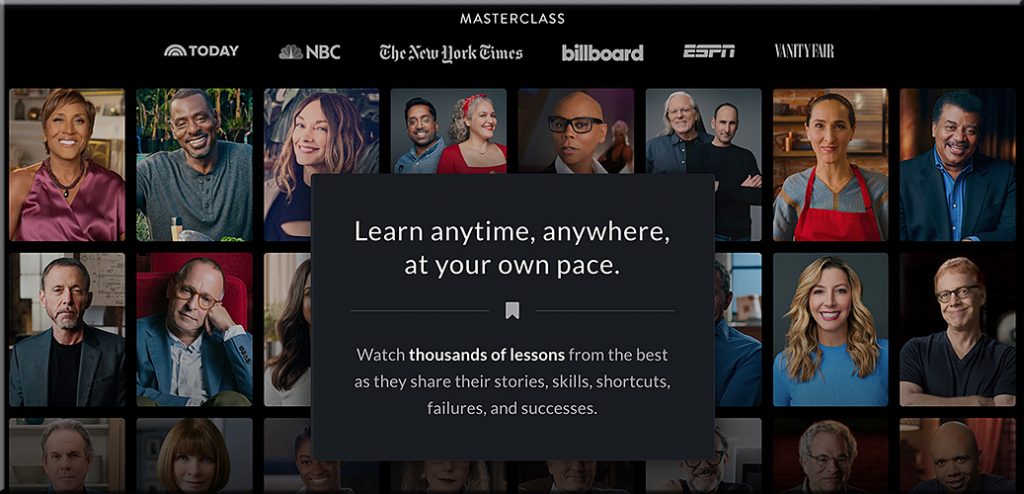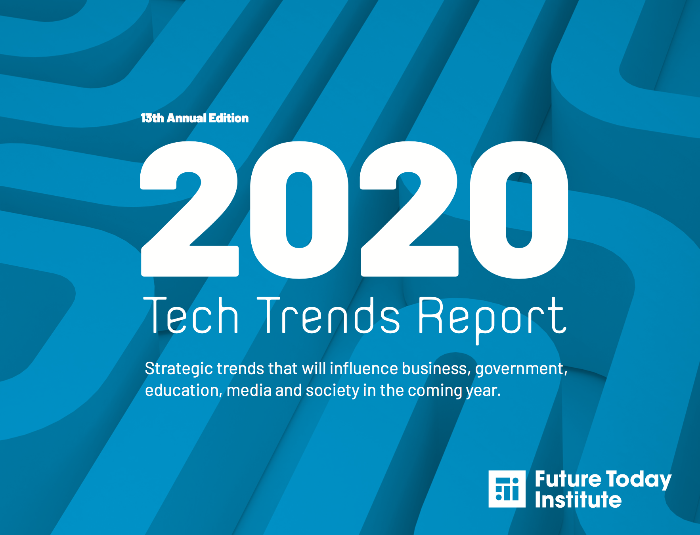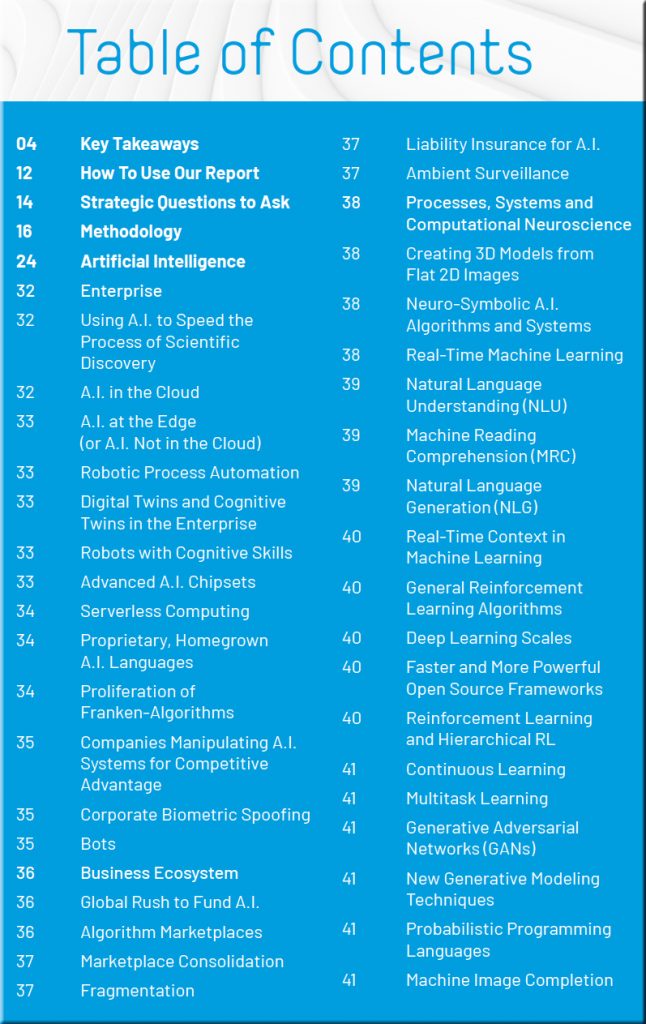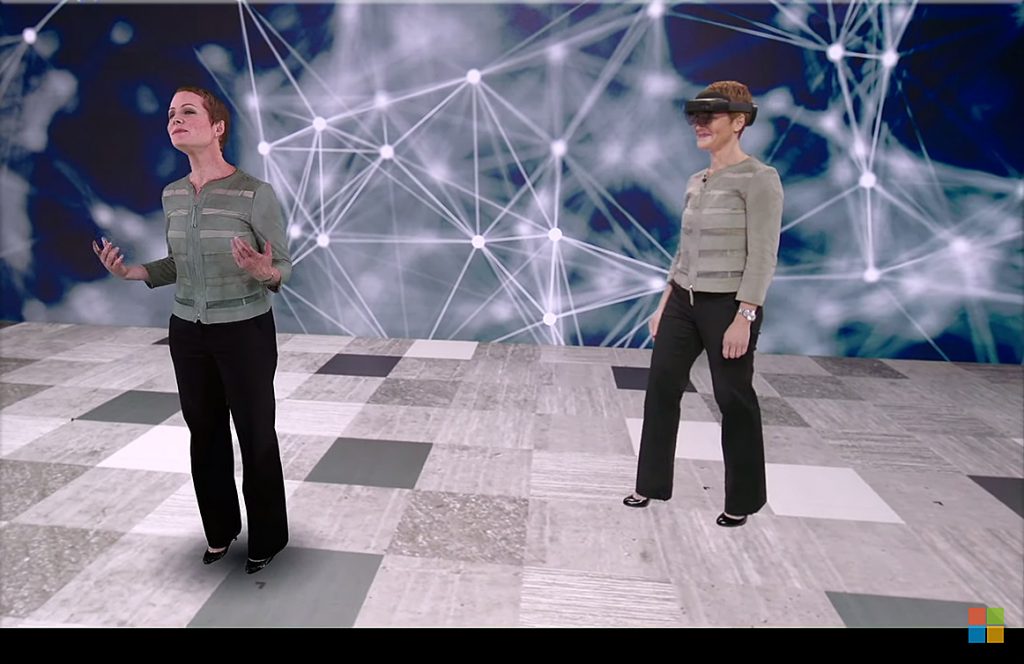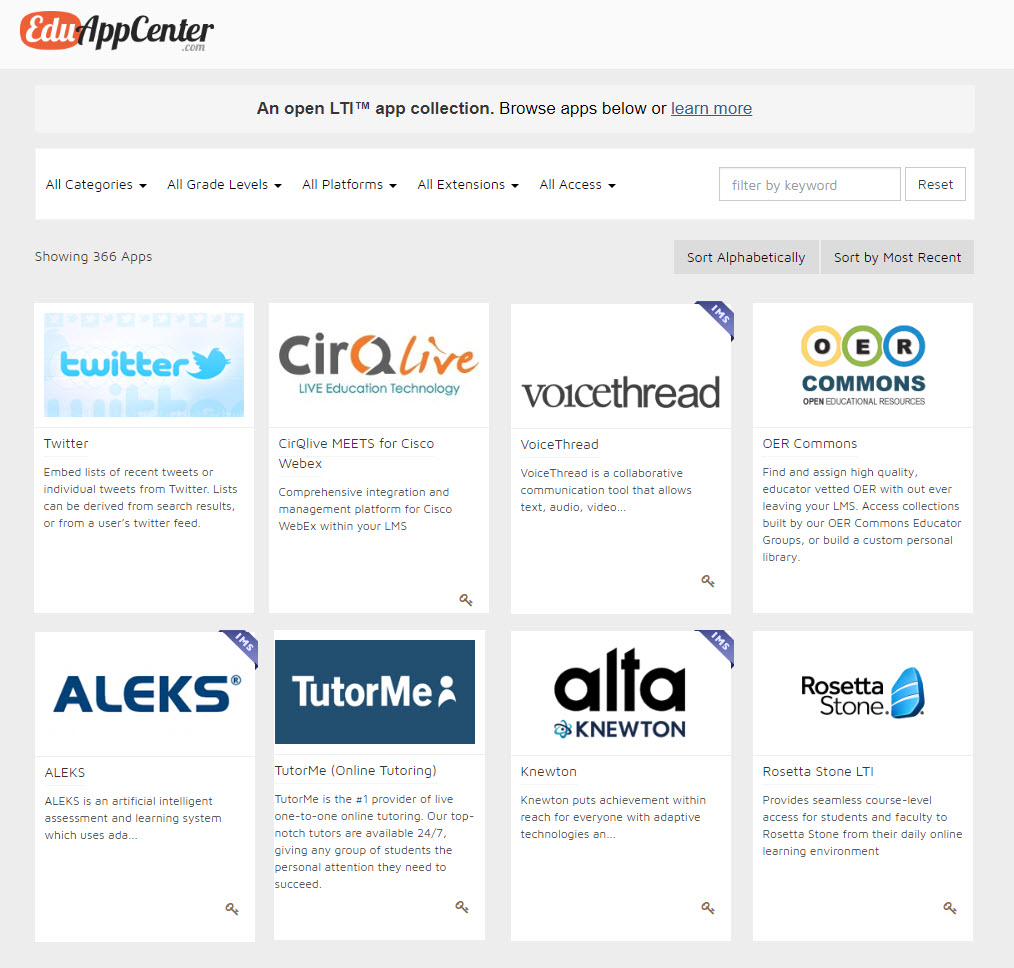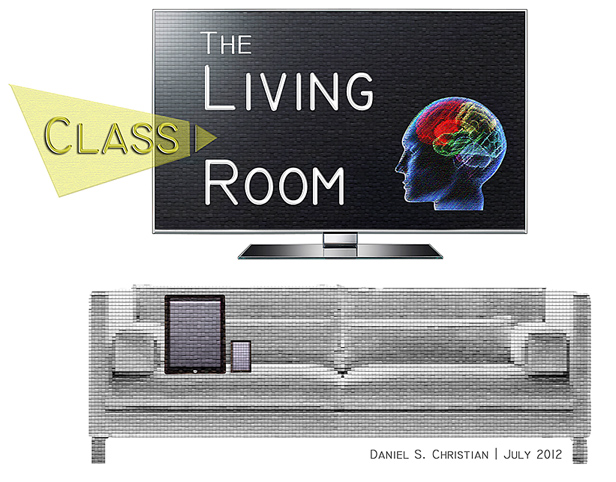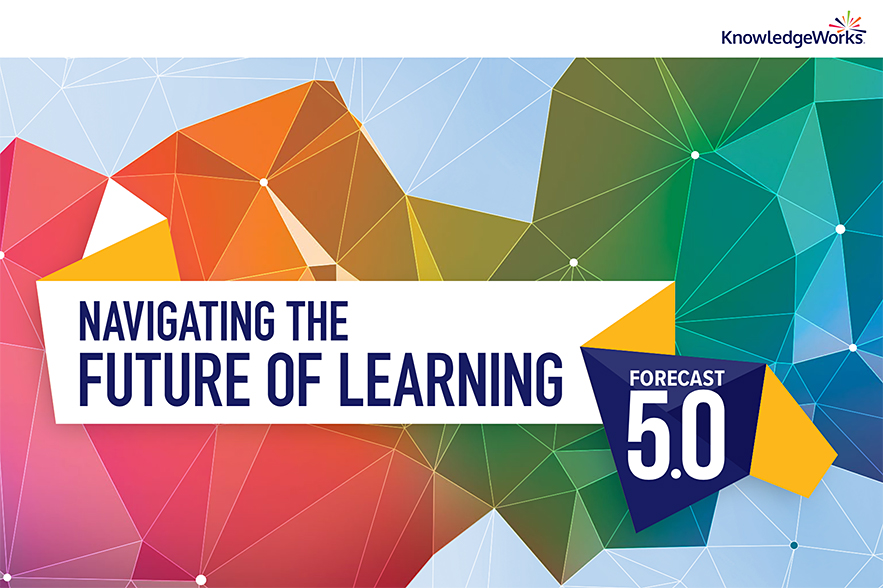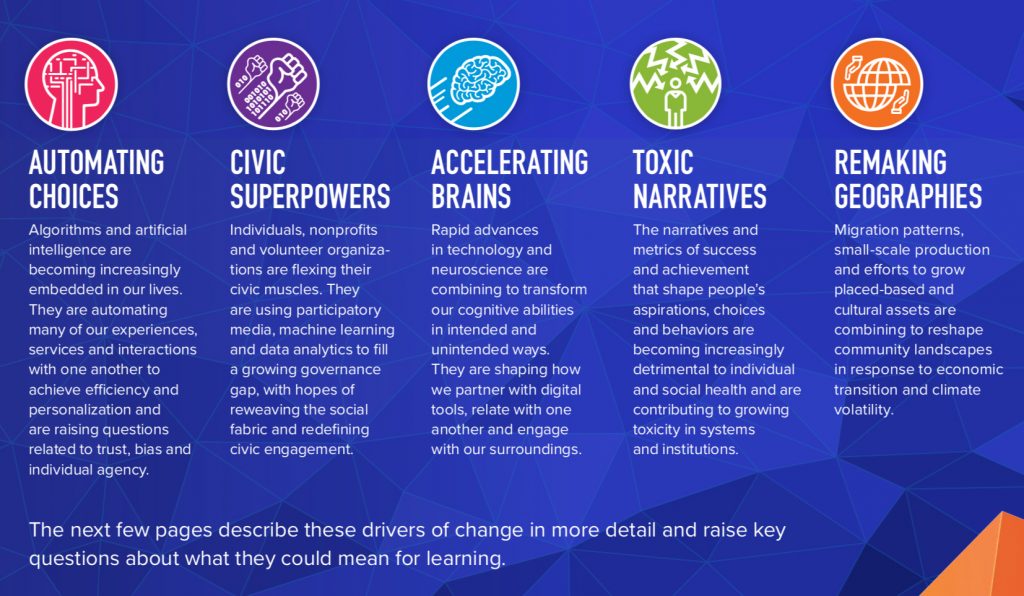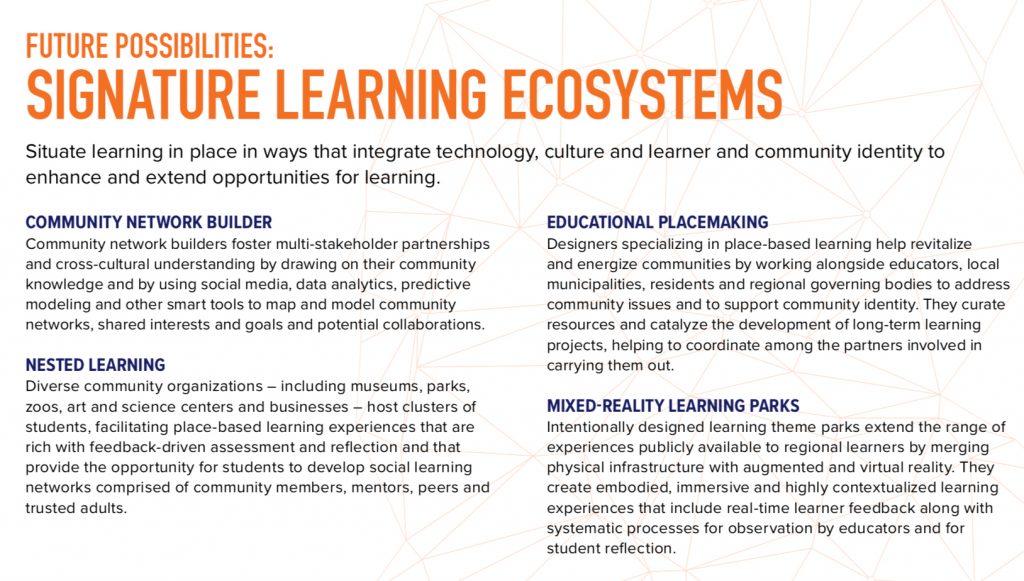Meet the new face of Webex Assistant — from blog.webex.com by Kacy Kizer
Excerpt:
You may be familiar with Webex Assistant, the AI-powered voice assistant for work. Now known as Webex Assistant for Webex Rooms, our original digital assistant allows you to control compatible Webex Rooms devices with your voice, making it easy to join a meeting with just a few words, manage your meetings and devices from anywhere in the room, and much more.
- A voice-activated assistant allows you to easily control the meeting through a set of voice commands.
- Simply ask your AI-powered Webex Assistant to do things like create actions items, take notes, and even set up future meetings—with just your voice.
- Your Webex Assistant will automatically transcribe the entire meeting in real-time.
- With visual animation, your virtual AI assistant interacts with you and your meeting attendees during the meeting and when called upon.
From DSC:
- How might these types of technologies impact online-based learning?
- What new affordances might they bring to the learner’s experience?
- For example, what if a listening assistant (AI) could identify some key issues/topics and then go out and grab/present some URL’s of relevant journal articles, chapters from a given textbook, blog postings, etc.? What if each student’s AI could be directed to do so independently?
#IntelligentTutoring | #IntelligentSystems | #AI | #EmergingTechnologies | #Collaboration | #Productivity | #PersonalizedEducation
Also see:











